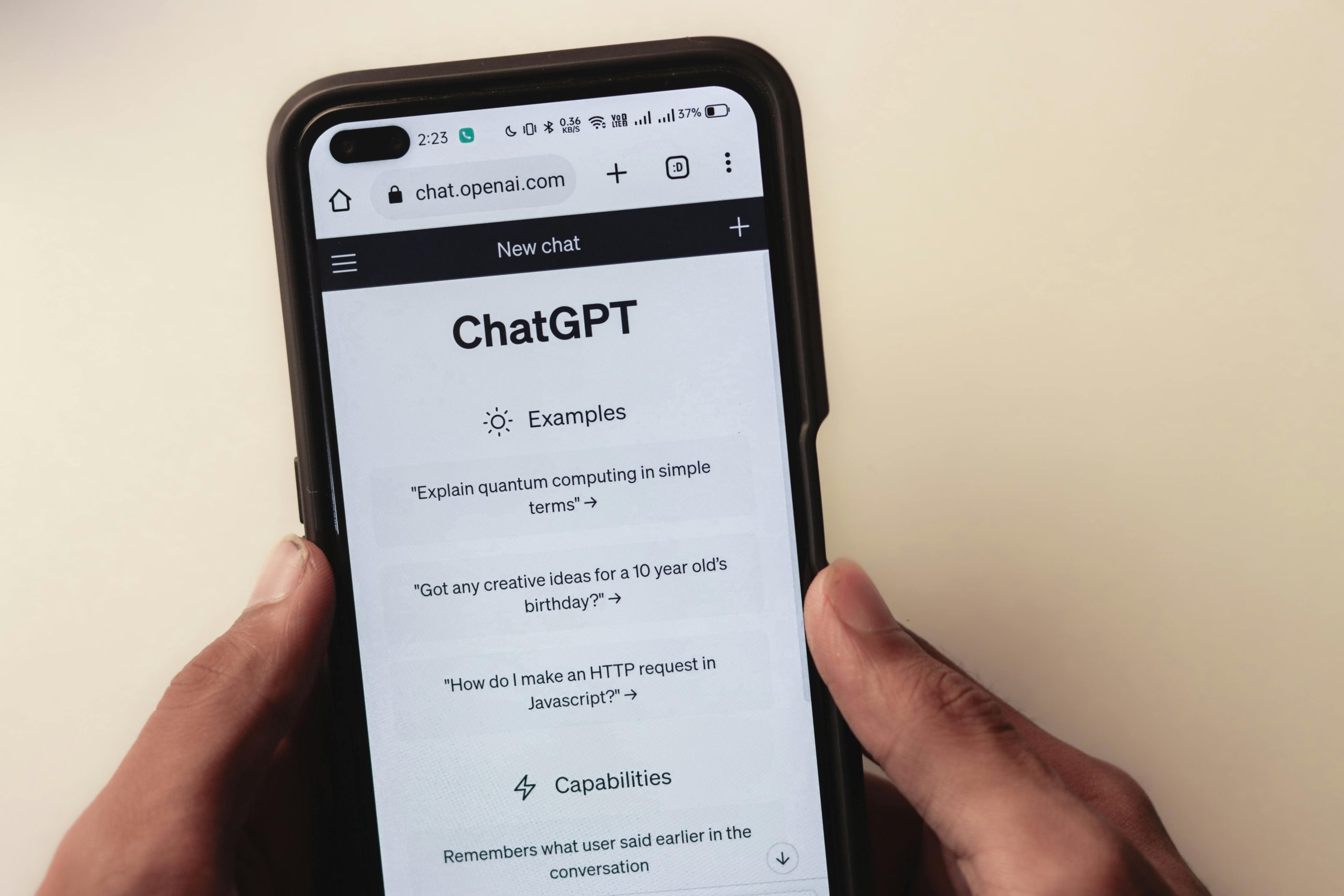How to Rank High When Everybody’s Using ChatGPT
The content creation landscape has changed in the new digital world thanks to AI technologies such as ChatGPT. Bloggers, businesses, and marketers are using these technologies to produce content at super speed, but that has made ranking high on search engines such as Google a more competitive endeavor than ever. If everybody’s using ChatGPT, how do you get noticed and reach those super-huge top positions in search rankings?
The secret is unifying AI’s capability with human creativity, clever optimization, and a solid understanding of what search engines and people care about and rank high.

Understand What Makes Content Rank
Search engines are more interested in user-centric content, helpful content, and relevant content. ChatGPT may be able to produce logical content, but it lacks the richness, creativity, and sophistication of human-created content to rank high. To beat AI content, emphasize producing content that highlights Google’s E-E-A-T guidelines: Experience, Expertise, Authoritativeness, and Trustworthiness. Share your personal opinion, specialist field of expertise, or personal experience to make your content stand out from run-of-the-mill AI-generated content.
For instance, rather than providing a generic piece on “best hiking gear,” tell a personal anecdote about a hike and include the gear you used and how it was effective. Not only does this involve the reader, but it also alerts search engines that your content is authentic and experience-based for a high ranking.
Optimize for User Intent
One of the most significant errors AI content is committing is that it focuses more on keywords and less on intent. To rank well, you should know what people are looking for and customize your content to answer questions. Utilize tools such as Google’s Keyword Planner, AnswerThePublic, or SEMrush to find out long-tail keywords and questions that your audience is searching for. For example, instead of looking for “SEO tips,” look for something specific like “how to enhance SEO for small businesses in 2025.”
Once you’ve got your keywords, organize your content to directly respond to the users’ questions. Make use of clear headings, bullet points, and concise paragraphs so that your content is easily readable. ChatGPT may be able to create walls of text, but human readers prefer clarity and usability. Keep your intro engaging and add a call-to-action (CTA) so that your user remains engaged, such as subscribing to your newsletter or reading related material to rank high.

Use Original Insights and Value
ChatGPT can summarize data, but not produce new information or insights. To beat others, add original research, case studies, or your own experience that a computer cannot replicate. For instance, if you are writing about “trends in digital marketing,” do a mini-survey amongst your readers or look at campaign performance over the last month to report on original findings. This not only makes your article distinct but also establishes you as a subject-matter expert.
Finally, refresh your content periodically so it remains fresh. Search engines favor fresh content, so go back to previous posts and introduce new facts, figures, or trends. This is particularly necessary in fast-changing industries such as technology or advertising, where AI content can become obsolete in the blink of an eye.
Use High-Quality Visuals and Multimedia
AI content is just content. To distinguish your content, include high-value visuals such as infographics, charts, or videos. For example, while explaining “how to optimize a blog post,” include a personalized infographic of the process or even a shorter video guide. Visuals help to enrich user experience; they also help enrich dwell time, a measurement search engines use to estimate the quality of content.
When images are used, optimize them using file compression so that they load faster, label the files descriptively (e.g., “SEO-tips-2025.jpg”), and include alt descriptions aimed at keywords. These tiny adjustments can make a difference compared to generic AI writing that will frequently bypass image optimization.
Build a Strong Backlink Profile
Backlinks are still among the strongest ranking signals, and artificial intelligence content won’t be able to demand the power to acquire good-quality links organically. To possess a good backlink profile, write for good sites within your niche for guest posting or collaborations. Produce linkable content through in-depth guides, industry reports, or interactive tools that other websites will be willing to link to.
For instance, if you run a fitness blog, publish a long-form article on “10 science-backed ways to enhance endurance” and promote it to fitness influencers or publications. Not only is it driving traffic, but it also tells search engines that your content is serious and reliable.

Technical SEO Focus
Even top-notch content will not rank if the technical SEO on your website is poor. Make sure your website is responsive, loads quickly, and supports secure HTTPS protocols. Use Google PageSpeed Insights or GTmetrix to audit for and fix performance problems. Also, install an XML sitemap and submit it to Google Search Console so that search engines can crawl more efficiently.
AI-written content tends to go onto poorly optimized websites, so spending money on technical SEO puts you at a substantial competitive advantage. As an example, URL optimization (i.e., yoursite.com/how-to-rank-high-2025) and schema markup placement allow you to most effectively leverage how your content appears in search engine results, such as star ratings or FAQs.
Speak to Your Audience in a Human Voice
Whereas ChatGPT can replicate writing in a human format but tends to be emotionally sterile, use natural writing to connect with your readers, share common ground, or speak directly to pain points to rank high. An example would be writing about “how to get past writer’s block,” but telling the reader how you experienced writer’s block and how you broke through. This creates common ground for readers, and they stay a little longer to learn from you.
Encourage engagement by incorporating interactive elements like polls, quizzes, or comments. Respond promptly to comments to create a community around your content that indirectly benefits SEO through high levels of user interaction.
Adheres to and Updates to Algorithm Changes
Search algorithms evolve all the time, and to stay ahead of the curve and rank high, one has to be on the lookout. Follow algorithm updates on SEO blogs like Moz or Search Engine Journal. Track your content performance using Google Analytics and know what’s working. If your content is not on the rankings, tweak the title, re-keyword, or make the meta description better to align with what’s current now and make it rank high.

Conclusion: To Rank High When Everybody’s Using ChatGPT
Ranking well in a ChatGPT world when everybody’s using it is difficult, but not impossible. By enhancing user intent, fresh perspectives, images, backlinks, technical SEO optimization, and writing to your audience in a human voice, you can create content that overwhelms AI-produced competition and ranks high. The secret is to leverage the efficiency of AI and add human creativity and strategic optimization. Start implementing these strategies immediately, and watch your content shoot to the top and rank high!




